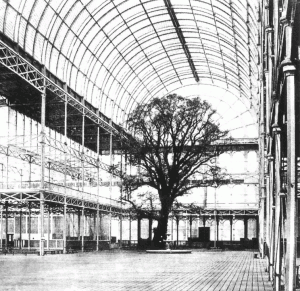
 Solar Panels are a change in technology that have impacted the way we view building and natural light. After attempts to use more sustainable technology, building has changed tremendously in the way structures are designed. Now, buildings are designed to be environmentally sustainable and use as few resources as possible. Insulation is better, to keep heating and cooling to a minimum, water systems such as showers and sinks are built to use higher air pressure and less water, and even grey water systems are used in some homes. The change to trying to build sustainably has shaped the types of materials buildings are made of, where they are built, and how much it costs the builders to make them. I think Solar Panels are a good example of this because they show how energy use has changed. You go from using natural sunlight to making energy from oil for electricity, and then back to using natural lighting as energy with the use of Solar Panels.
Solar Panels are a change in technology that have impacted the way we view building and natural light. After attempts to use more sustainable technology, building has changed tremendously in the way structures are designed. Now, buildings are designed to be environmentally sustainable and use as few resources as possible. Insulation is better, to keep heating and cooling to a minimum, water systems such as showers and sinks are built to use higher air pressure and less water, and even grey water systems are used in some homes. The change to trying to build sustainably has shaped the types of materials buildings are made of, where they are built, and how much it costs the builders to make them. I think Solar Panels are a good example of this because they show how energy use has changed. You go from using natural sunlight to making energy from oil for electricity, and then back to using natural lighting as energy with the use of Solar Panels. This reminds me of the Crystal Palace in Hyde Park from Roth pages 487 and 488. This structure was built in 1851 and was made sustainably so that it would not disrupt the environment around it. The structure was made to be disassembled and built around the existing environment. The walls and ceiling were made of glass to allow light to come in so that the trees could get sunlight that way. This represents an attempt at sustainable building and using natural light as energy through the glass walls. In this time period, we are using the same similar ideas of obtaining solar energy not through glass ceilings, but through solar panels to provide electricity for our homes, and are attempting to build more sustainable structures that leave less of an impact on the environment, similar to the Crystal Palace.







